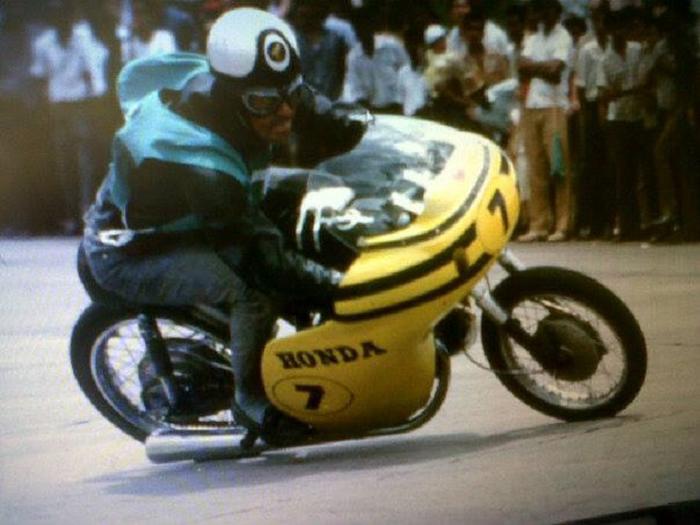In the late 1950s, disillusioned with the design of the classic bicycle, Alex Moulton set about creating a new design. He thought the classic diamond frame was inconvenient to mount, difficult to adjust for size and not suitable for both sexes. He believed that classic bicycles were uncomfortable to ride without the use of wide, low-pressure tires which increased rolling resistance.
In the late 1950s, disillusioned with the design of the classic bicycle, Alex Moulton set about creating a new design. He thought the classic diamond frame was inconvenient to mount, difficult to adjust for size and not suitable for both sexes. He believed that classic bicycles were uncomfortable to ride without the use of wide, low-pressure tires which increased rolling resistance. He also thought large wheels made a bicycle slow and cumbersome to store, and did not easily fit emerging societal commuting patterns in the developed world, which often combined more than one form of transport.
Moulton considered that small wheels with high-pressure tires would result in less rolling resistance, less inertia and hence greater acceleration. He then went on to develop a range of high-pressure tires in cooperation with Dunlop. Suspension for the front and rear was developed to give a comfortable ride with the smaller wheels. In this respect, the Moulton bicycle was truly ahead of its time, as bicycle suspension would not become common for another 30 years.
The Moulton bicycle also featured a different frame instead of the traditional diamond design. It is often known as an F-frame or Lazy F due to its unusual structure. The F-frame had no top tube, as such, and could therefore be easily mounted by those with mobility limitations, whether imposed by physical infirmity or by type of clothing






